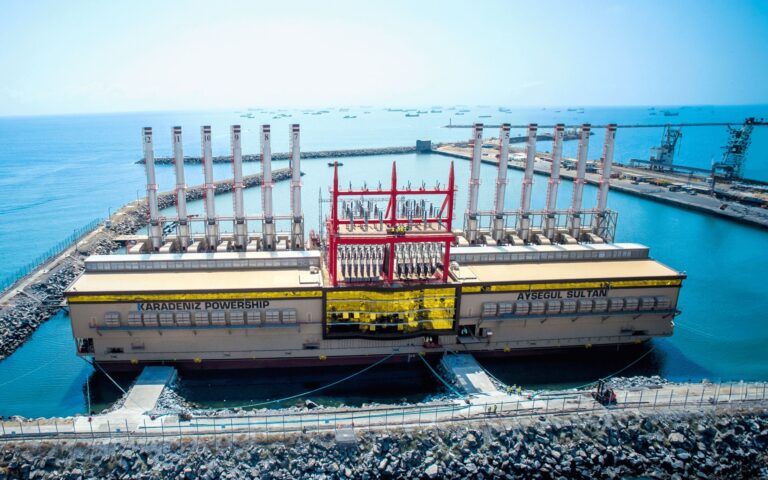
Navigating the Landscape: Understanding Workers’ Compensation Insurance Costs
Introduction:
In the dynamic world of business, safeguarding the well-being of employees is not just a moral obligation but a legal necessity. Workers’ compensation insurance stands as a crucial element in this commitment, providing financial protection to both employers and employees in the event of workplace injuries or illnesses. However, understanding the factors influencing workers’ compensation insurance costs is essential for businesses aiming to strike a balance between employee welfare and operational efficiency.
I. The Basics of Workers’ Compensation Insurance:
Workers’ compensation insurance is a state-mandated program designed to provide medical benefits and wage replacement to employees who suffer work-related injuries or illnesses. By opting for this insurance, employers gain immunity from lawsuits filed by injured employees, creating a no-fault system that expedites the compensation process.
II. Factors Influencing Workers’ Compensation Insurance Costs:
a. Industry Type:
The nature of the business significantly impacts workers’ compensation insurance costs. Industries with higher risks of workplace injuries, such as construction or manufacturing, generally face elevated insurance premiums. This is due to the increased likelihood of accidents and the potential severity of resulting injuries.
b. Payroll and Employee Classification:
Insurance costs are closely tied to the total payroll of a company. The higher the payroll, the greater the insurance premiums. Additionally, the classification of employees plays a role. For instance, a construction worker may have a higher risk classification than an office administrator, leading to varied insurance costs for each.
c. Claims History:
The claims history of a business is a pivotal factor in determining workers’ compensation insurance costs. A track record of frequent and severe claims can result in higher premiums. Conversely, a company with a clean history and effective safety measures may enjoy lower insurance costs.
d. Safety Measures and Training:
Implementing robust safety measures and providing comprehensive training programs can positively impact insurance costs. Insurers often offer discounts to businesses that prioritize employee safety, as this reduces the likelihood of accidents and subsequent claims.
e. State Regulations:
Workers’ compensation insurance costs are also influenced by state regulations. Each state has its own set of rules governing insurance rates, benefits, and eligibility criteria. Businesses operating in multiple states must navigate these variations, which can impact overall insurance expenses.
III. Calculating Workers’ Compensation Insurance Costs:
a. Experience Modification Factor (MOD):
Insurers utilize an Experience Modification Factor (MOD) to adjust premiums based on a company’s claims history. A MOD above 1.0 indicates a higher-than-average risk, resulting in increased premiums. Conversely, a MOD below 1.0 suggests a better-than-average risk, leading to reduced premiums.
b. Manual Premium Calculation:
The manual premium calculation involves multiplying the company’s payroll by the classification rate and the experience modification factor. This formula provides a baseline for insurance costs, with adjustments made for state-specific regulations and discounts for safety measures.
IV. Strategies to Manage Workers’ Compensation Insurance Costs:
a. Safety Programs:
Proactive safety programs can significantly reduce workplace injuries and, consequently, workers’ compensation insurance costs. Regular safety training, hazard identification, and the implementation of safety protocols foster a culture of risk mitigation.
b. Claims Management:
Efficient claims management is essential for controlling insurance costs. Swift and accurate reporting of workplace incidents, along with proactive claims handling, can prevent unnecessary expenses and potential premium increases.
c. Return-to-Work Programs:
Implementing return-to-work programs helps injured employees transition back into the workforce sooner, minimizing the impact on insurance costs. These programs can include modified duties, flexible schedules, and rehabilitation support.
d. Regular Policy Reviews:
Businesses should conduct regular reviews of their workers’ compensation insurance policies to ensure they align with the company’s evolving needs. Adjusting coverage levels, considering deductible options, and exploring alternative insurance providers can lead to cost savings.
Conclusion:
Navigating the landscape of workers’ compensation insurance costs requires a comprehensive understanding of the factors influencing premiums. By prioritizing safety, implementing effective training programs, and managing claims efficiently, businesses can strike a balance between employee well-being and operational costs. Regular policy reviews and a proactive approach to risk management can position companies to thrive in an environment where safeguarding employees is not only a legal obligation but a strategic imperative.






